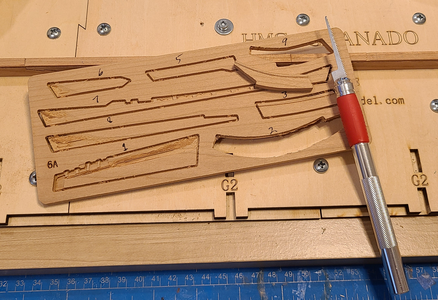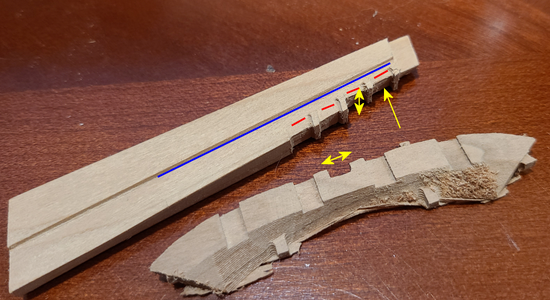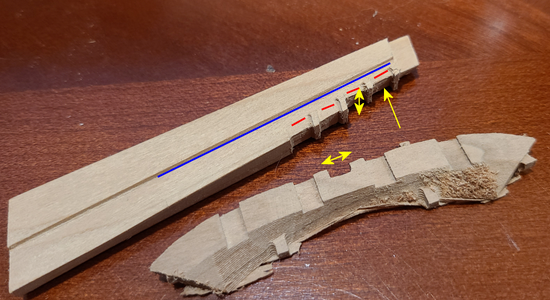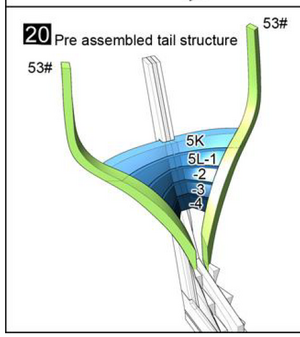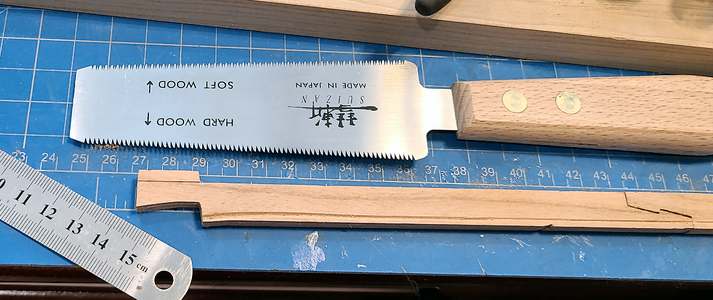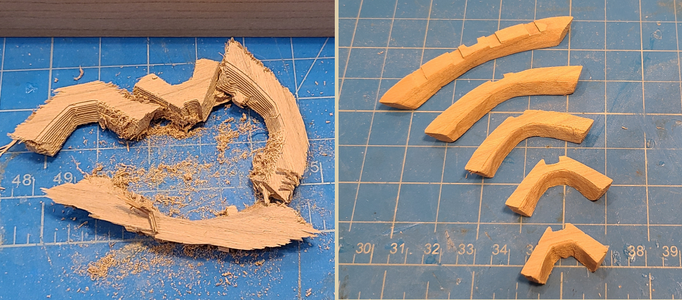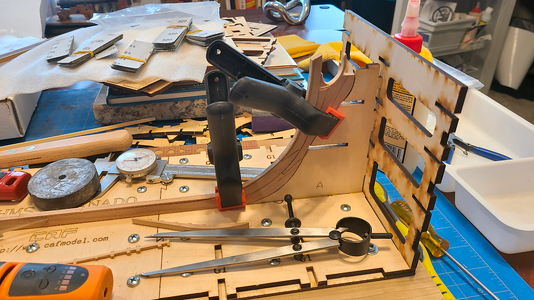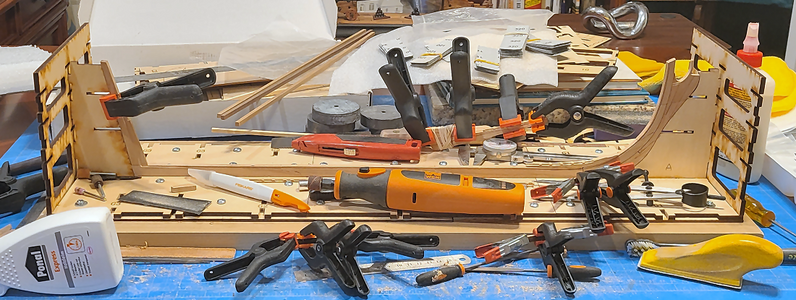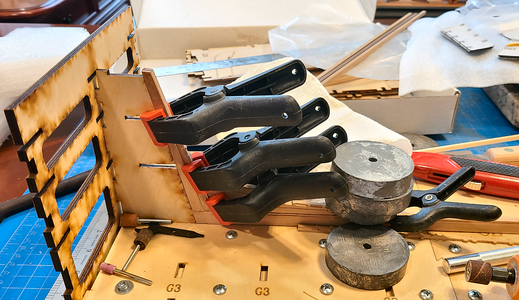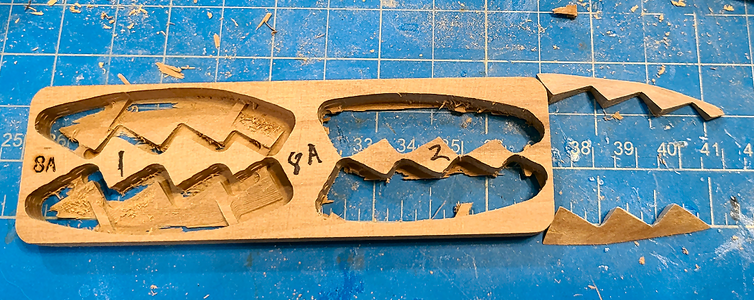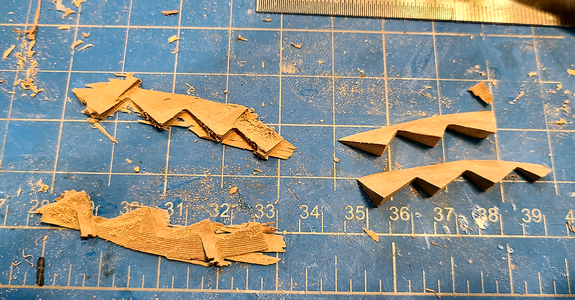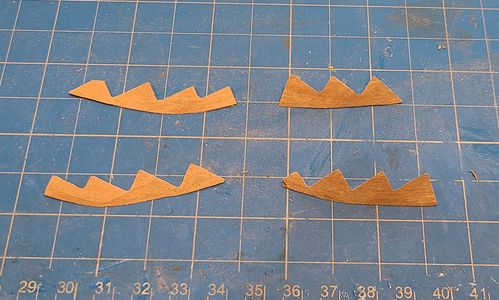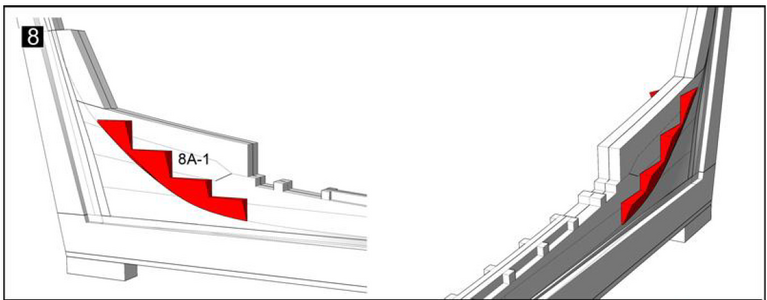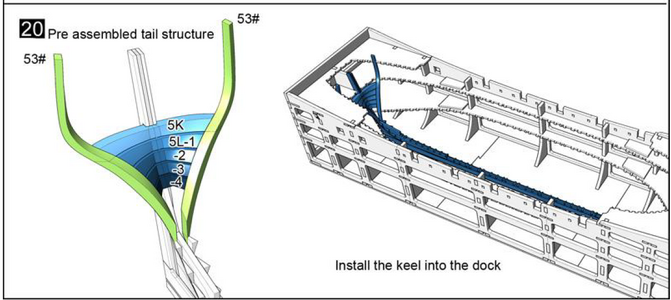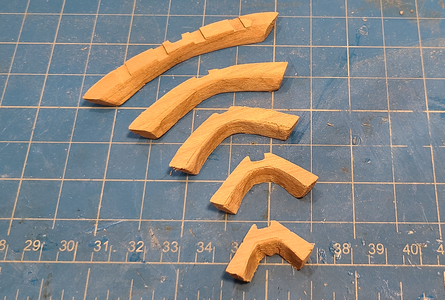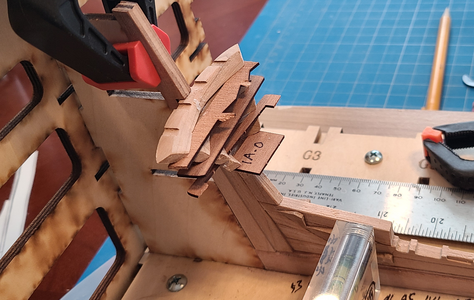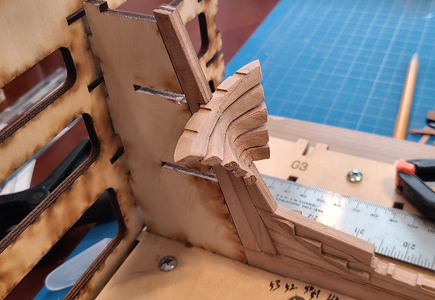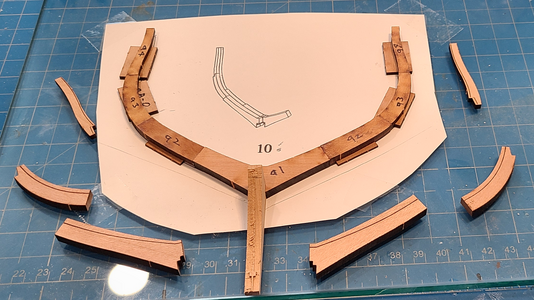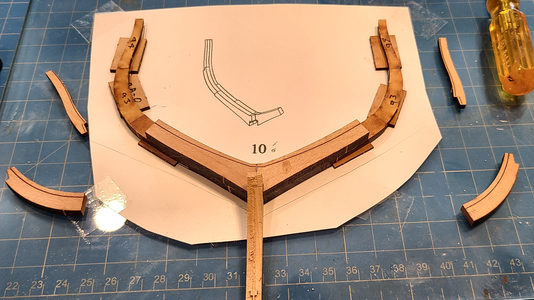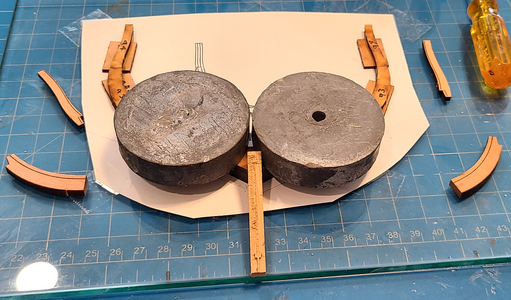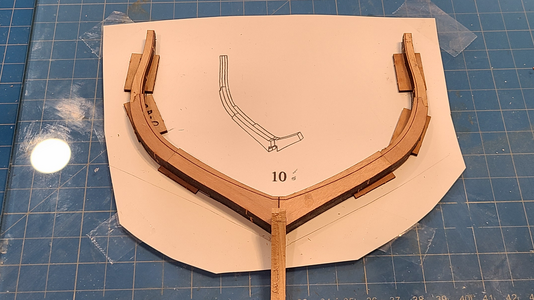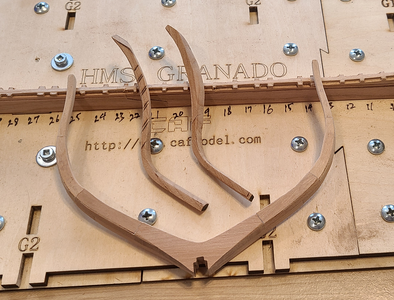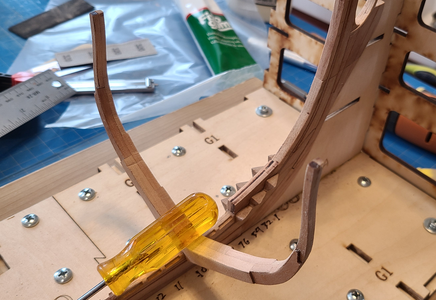There are quite a number of excellent CAF Granado builds posted here (thank goodness for all the insight and help they are providing me), but for my assistance much more than yours, I am posting this build log, trying my hand at this excellent kit and will post the good and the bad here. I'm just a bit concerned that this is above my skill level, but hope that if I treat each small frame and part as its own model, I will eventually complete it. I know a number of others have quit building this kit (surprisingly to me, mostly after completion of Part 1, the main hull outer structure, which I think is the most difficult part), but sincerely hope that will not be the case here, health or other unavoidable issues notwithstanding.
There is no need for me to take photos or talk about opening the kit (I got all 3 parts at once), as Uwe and others have covered that so well. (Thank goodness they do this, because it is so very helpful when deciding what kit to build next.) I will at least show my progress, and where what I do deviates from the norm, as it often does, I will show that along with the result, good or bad. I know upfront I will not be splitting the hull horizontally like Uwe, but hope to provide some visibility of the inside structure and details through cut-out portions of the hull and deck.
Since most all my photos have been, and will be, photographed in my den "workplace", I thought I'd show a couple photos of my den "BG" (Before Granado):
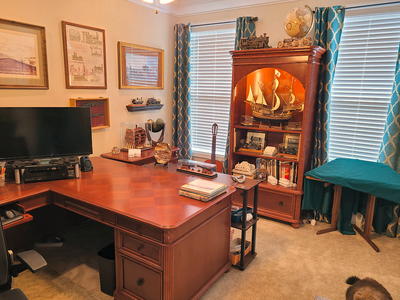
Yes, that's the back and tail of one of our cats at the lower right.
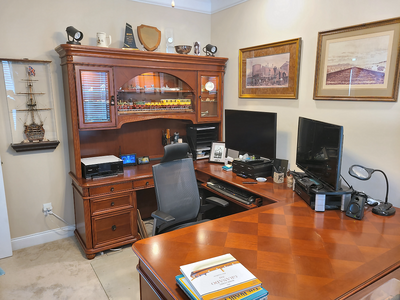
My den obviously serves as my computer room, study, TV room and more, in addition to my hobby room and ship model construction room. It isn't suited well to building models, as I love the furniture and want to protect it, but that's what I have. I also have a corner of the garage with all my power tools in, but that is not as comfortable a place to do fine work and assembly, so that will be done here. The lights atop either end of the hutch help provide light from the back while working, in addition to the ceiling and spot lights.
On to the kit! I ordered it from CAF on March 28, and received it this past Wednesday, April 24, taking longer than usual. I think I hit upon a few snags in the process, like ordering late Thursday, a weekend, then a Chinese holiday, and then UPS decided to lose the package, or at least delay it I guess, rather than lose it. That wasn't a problem - I was required by the Admiral to clean up both my den and the garage before starting any new project anyhow. But eventually, it made it here, in one 18 pound box:
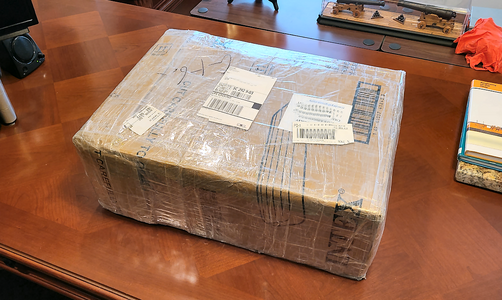
Certainly well packed and protected (even against the kind of rain that soaked my MarisStella Ragusian Carrack when it was delivered, but no rain this time). And naturally, the insides is what I was most interested in:
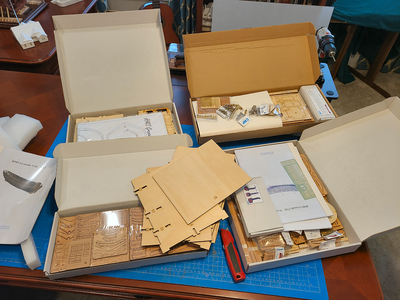
Unlike Keith and some others, I do not like unopened boxes. While I didn't tear everything apart to make an inventory (suspecting I'd lose more by doing so than doing it later), I did open each box, look at the excellent drawings (less than I expected, but understandable given the excellent 3D diagrams in the instruction booklets) and the included parts. A couple packs had broken open (the brass mortar balls seem to break in most packs I've seen). The mortar and cannon pack also was broken, with barrels strewn around, but I think I got all the mortar pieces including the capslocks. And I'm sure Tom at CAF will help if I end up missing something down the road.
The first thing I did was rough-assemble the keel, and place it on the bedplate of the assembly cradle:
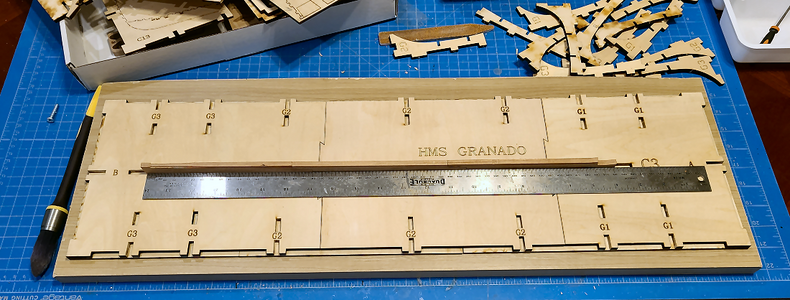
I hadn't thought I needed the thick bottom plank for support, because the entire cage ends up so rigid, but Uwe and Keith convinced me to add it, and I had an extra shelf from my kitchen that I decided to use. I realize now that I will not be completely building the cage before actually using portions of it, so attaching it securely to the base was a good idea:
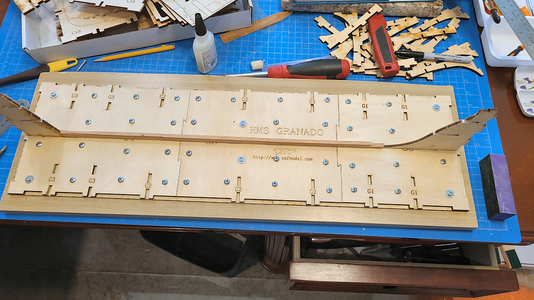
I followed Uwe's and Keith's normal method of "overkill" in attaching it to the base. It's not going anywhere. And I figure that during construction I can place the entire kit and structure on end, on the floor, to make room for other work.
I will be starting out rather slowly on this. For example, I want to use the stem and stern supports of the cage to locate the pieces, rather than just the plans, assuming they will locate and support the pieces throughout the build, so matching them is most important. CAF also shows dry fitting all the frames to the keel before going further with the cage than I show above.
So, I already have questions:
The basic keel is made up of 3 parts, with a tab of each fitting into the slot of the base of the cage:

Aha - I see I have gotten all the way to Step 1 before asking my first question! Anyhow, unless the future mounting base has similar slots for these 3 tabs to fit into, which is doubtful, they will have to be removed later. These tabs are 6mm thick, and can just see myself holding a completed and painted model on my lap, trying to carve or cut them away without dropping the model or ruining the finish. Might it be a good idea to cut a groove on each side of the tab as a working line to facilitate later removal? They'd still be strong enough to locate the keel, and once framing starts, they and the stern and stem pieces will hold it as well. Or do you have other suggestions for doing this?
Anyhow, unless the future mounting base has similar slots for these 3 tabs to fit into, which is doubtful, they will have to be removed later. These tabs are 6mm thick, and can just see myself holding a completed and painted model on my lap, trying to carve or cut them away without dropping the model or ruining the finish. Might it be a good idea to cut a groove on each side of the tab as a working line to facilitate later removal? They'd still be strong enough to locate the keel, and once framing starts, they and the stern and stem pieces will hold it as well. Or do you have other suggestions for doing this?
Oh, and not that it matters for the build, but I have rarely seen the Granado referred to as "HMS Granado", despite being a ship in His Majesty's navy. Peter Goodwin's book just refers to it on the title as "The Bomb Vessel Granado", and most text just says "The Granado". As I said, very rarely has it been referred to as HMS Granado, a couple have referenced it as "H.M.B.V. Granado", for His Magesty's Bomb Vessel", but I was just wondering about this. Perhaps since it served a dual purpose, as both a sloop and a bomb vessel?
That's it for today. I hope you will decide to join me on this journey, so I can ask more questions, receive more information and guidance, and in general benefit from all of your experience in my build.
There is no need for me to take photos or talk about opening the kit (I got all 3 parts at once), as Uwe and others have covered that so well. (Thank goodness they do this, because it is so very helpful when deciding what kit to build next.) I will at least show my progress, and where what I do deviates from the norm, as it often does, I will show that along with the result, good or bad. I know upfront I will not be splitting the hull horizontally like Uwe, but hope to provide some visibility of the inside structure and details through cut-out portions of the hull and deck.
Since most all my photos have been, and will be, photographed in my den "workplace", I thought I'd show a couple photos of my den "BG" (Before Granado):

Yes, that's the back and tail of one of our cats at the lower right.

My den obviously serves as my computer room, study, TV room and more, in addition to my hobby room and ship model construction room. It isn't suited well to building models, as I love the furniture and want to protect it, but that's what I have. I also have a corner of the garage with all my power tools in, but that is not as comfortable a place to do fine work and assembly, so that will be done here. The lights atop either end of the hutch help provide light from the back while working, in addition to the ceiling and spot lights.
On to the kit! I ordered it from CAF on March 28, and received it this past Wednesday, April 24, taking longer than usual. I think I hit upon a few snags in the process, like ordering late Thursday, a weekend, then a Chinese holiday, and then UPS decided to lose the package, or at least delay it I guess, rather than lose it. That wasn't a problem - I was required by the Admiral to clean up both my den and the garage before starting any new project anyhow. But eventually, it made it here, in one 18 pound box:

Certainly well packed and protected (even against the kind of rain that soaked my MarisStella Ragusian Carrack when it was delivered, but no rain this time). And naturally, the insides is what I was most interested in:

Unlike Keith and some others, I do not like unopened boxes. While I didn't tear everything apart to make an inventory (suspecting I'd lose more by doing so than doing it later), I did open each box, look at the excellent drawings (less than I expected, but understandable given the excellent 3D diagrams in the instruction booklets) and the included parts. A couple packs had broken open (the brass mortar balls seem to break in most packs I've seen). The mortar and cannon pack also was broken, with barrels strewn around, but I think I got all the mortar pieces including the capslocks. And I'm sure Tom at CAF will help if I end up missing something down the road.
The first thing I did was rough-assemble the keel, and place it on the bedplate of the assembly cradle:

I hadn't thought I needed the thick bottom plank for support, because the entire cage ends up so rigid, but Uwe and Keith convinced me to add it, and I had an extra shelf from my kitchen that I decided to use. I realize now that I will not be completely building the cage before actually using portions of it, so attaching it securely to the base was a good idea:

I followed Uwe's and Keith's normal method of "overkill" in attaching it to the base. It's not going anywhere. And I figure that during construction I can place the entire kit and structure on end, on the floor, to make room for other work.
I will be starting out rather slowly on this. For example, I want to use the stem and stern supports of the cage to locate the pieces, rather than just the plans, assuming they will locate and support the pieces throughout the build, so matching them is most important. CAF also shows dry fitting all the frames to the keel before going further with the cage than I show above.
So, I already have questions:
The basic keel is made up of 3 parts, with a tab of each fitting into the slot of the base of the cage:

Aha - I see I have gotten all the way to Step 1 before asking my first question!
 Anyhow, unless the future mounting base has similar slots for these 3 tabs to fit into, which is doubtful, they will have to be removed later. These tabs are 6mm thick, and can just see myself holding a completed and painted model on my lap, trying to carve or cut them away without dropping the model or ruining the finish. Might it be a good idea to cut a groove on each side of the tab as a working line to facilitate later removal? They'd still be strong enough to locate the keel, and once framing starts, they and the stern and stem pieces will hold it as well. Or do you have other suggestions for doing this?
Anyhow, unless the future mounting base has similar slots for these 3 tabs to fit into, which is doubtful, they will have to be removed later. These tabs are 6mm thick, and can just see myself holding a completed and painted model on my lap, trying to carve or cut them away without dropping the model or ruining the finish. Might it be a good idea to cut a groove on each side of the tab as a working line to facilitate later removal? They'd still be strong enough to locate the keel, and once framing starts, they and the stern and stem pieces will hold it as well. Or do you have other suggestions for doing this?Oh, and not that it matters for the build, but I have rarely seen the Granado referred to as "HMS Granado", despite being a ship in His Majesty's navy. Peter Goodwin's book just refers to it on the title as "The Bomb Vessel Granado", and most text just says "The Granado". As I said, very rarely has it been referred to as HMS Granado, a couple have referenced it as "H.M.B.V. Granado", for His Magesty's Bomb Vessel", but I was just wondering about this. Perhaps since it served a dual purpose, as both a sloop and a bomb vessel?
That's it for today. I hope you will decide to join me on this journey, so I can ask more questions, receive more information and guidance, and in general benefit from all of your experience in my build.






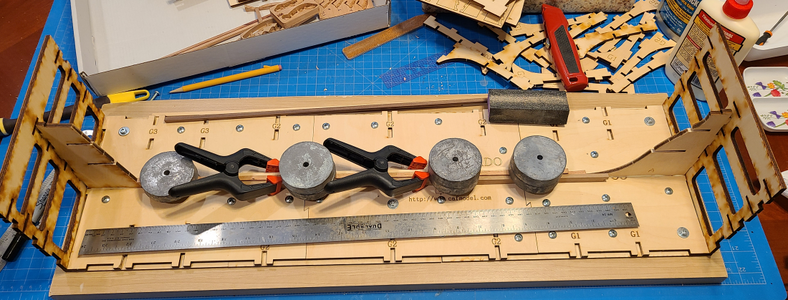

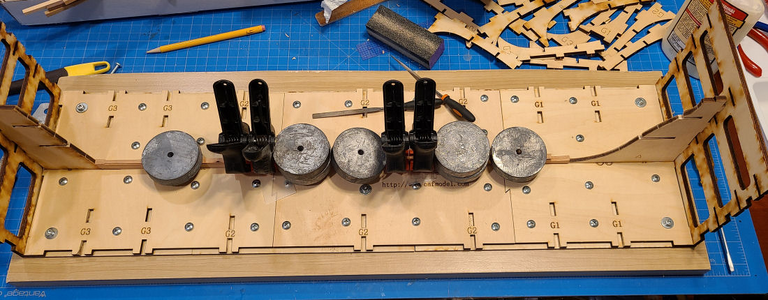
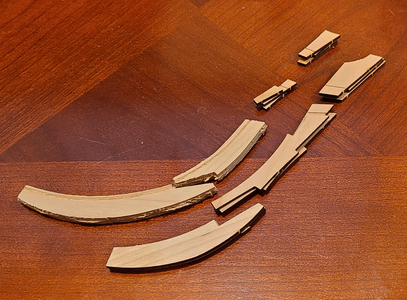
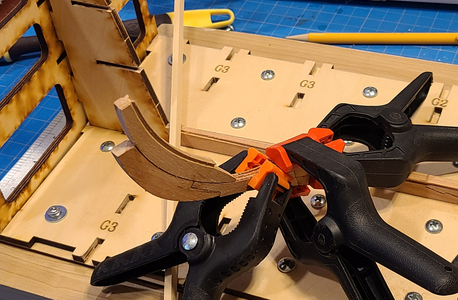
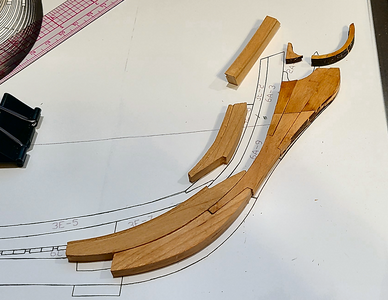
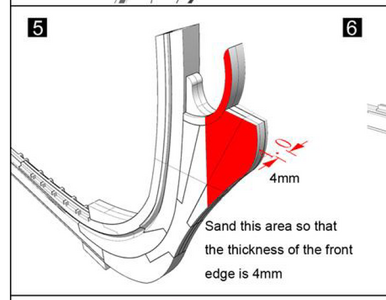
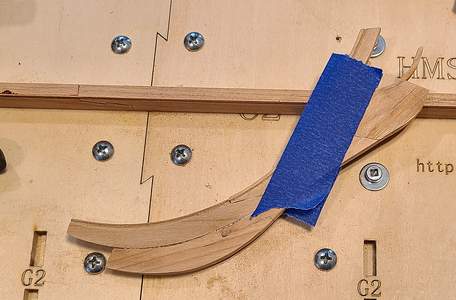
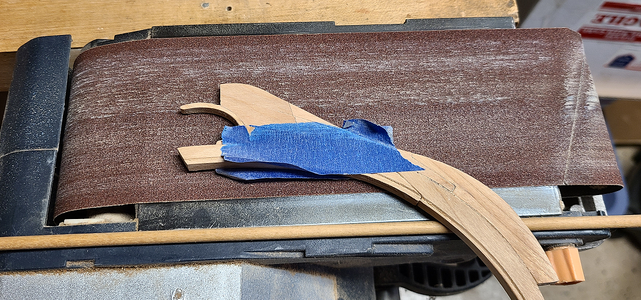
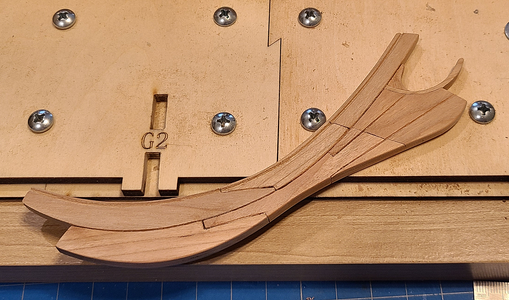
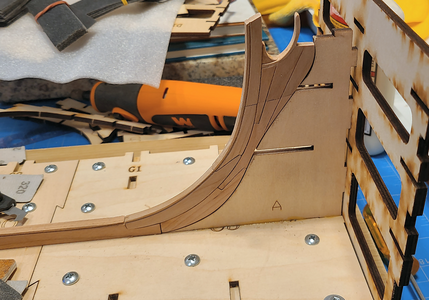
 , how's CAF doing so far? I'd say really good. The pieces are all accurate and well cut or milled. I do, personally, think it's a shame that they designed the ship to be split at a number of overlapped joints. I have no problem with that where joints would actually occur, but on the above piece, a joint appears across all 4 upper sections. This would never be the case in real life. The first and third pieces, at least, would not be cut there, Possibly more. And it's hard to hide some joints, but not others. Maybe it's better to disguise all of them. But after seeing Uwe's build, I think that most people building this model split horizontally will do as he did - cut a straight line all around. Not try to make over 100 overlapped pieces fit smoothly enough to go together and come apart. And if building split that way, or not doing a split at all, there are a lot more pieces (some of them REALLY tiny) that have to be added, yet really shouldn't exist.
, how's CAF doing so far? I'd say really good. The pieces are all accurate and well cut or milled. I do, personally, think it's a shame that they designed the ship to be split at a number of overlapped joints. I have no problem with that where joints would actually occur, but on the above piece, a joint appears across all 4 upper sections. This would never be the case in real life. The first and third pieces, at least, would not be cut there, Possibly more. And it's hard to hide some joints, but not others. Maybe it's better to disguise all of them. But after seeing Uwe's build, I think that most people building this model split horizontally will do as he did - cut a straight line all around. Not try to make over 100 overlapped pieces fit smoothly enough to go together and come apart. And if building split that way, or not doing a split at all, there are a lot more pieces (some of them REALLY tiny) that have to be added, yet really shouldn't exist.